Promote agriculture and fishery exports in the post-Covid-19 period: Remove barriers for aquatic product exports
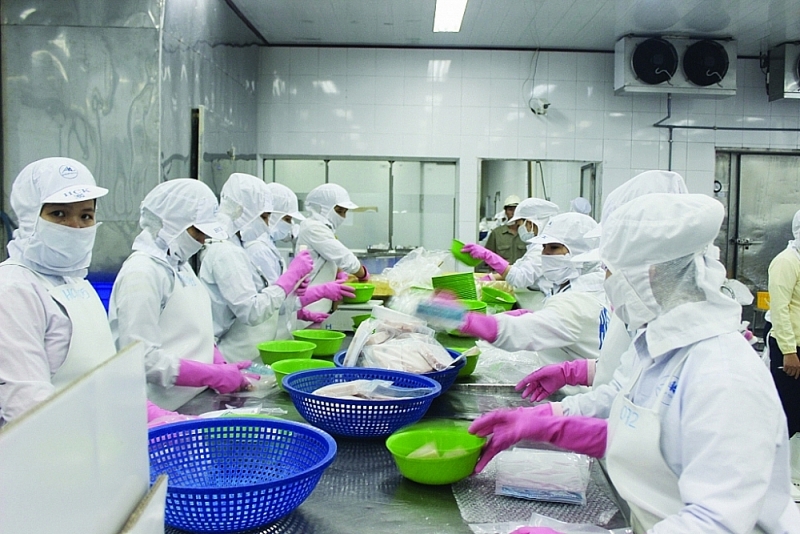 |
| At the request of fishing ports, businesses have to complete more documents to apply for S/C certification, and the cost of certification also increases. Photo: T.H |
Annoyance at increased costs
Seafood businesses have been pressing because of increasing costs on administrative regulations in granting raw material certification (S/C) and certification fees from local fishing ports, which have led to an increase in the number of records and expenses.
After receiving feedback from member enterprises, the Vietnam Association of Seafood Exporters and Producers (VASEP) reported and proposed the Ministry of Agriculture and Rural Development to solve this inadequacy.
According to VASEP, Circular No. 118/2018/TT-BTC dated November 28, 2018 of the Ministry of Finance regulates the rates, the regime of collection, remittance, management and use of fees for certification of origin of aquatic raw materials, including: “VND150,000 + (tons of aquatic products x VND15,000/ton) with a maximum of VND700,000/time”.
However, fishing port management boards in some provinces, such as Quang Ngai, Phu Yen, Binh Dinh and Vung Tau, asked businesses to split the amount of material purchased for S/C to not exceed 36 tons of raw materials/certification (this is equivalent to the fact that the S/C issuance fee does not exceed VND700,000/time as prescribed in Article 4 of the Circular 118/2018/TT-BTC mentioned above).
In many cases, enterprises could purchase 40 tons of raw materials at one time and at one place but could not register as prescribed in Circular 118/2018/TT-BTC. They had to split into two S/C certifications (one is for 36 tons and the other is for about four tons).
Regarding the EU's preparations for implementing the tariff-rate quota (TRQ) on goods in the EVFTA, the Ministry of Industry and Trade said the EU informed that TRQ applied for all Vietnamese products (except rice) under this agreement would be allocated on a first-come, first-served basis. However, seafood businesses are expecting official information about TRQ from the EU.
To help seafood businesses seize opportunities in the EVFTA and make export production plans to take advantage of TRQ for exported products, VASEP has asked the Ministry of Industry and Trade to soon obtain official information on the mechanism of allocation and quota management of fishery products. The Ministry of Industry and Trade proposed to clarify the allocation and management mechanism of the EU’s TRQ for all products under the EVFTA.
The EVFTA has been approved by the National Assembly and is expected to take effect from August 1, 2020. The approval of the EVFTA and support measures has created great competitive advantages for Vietnam's exports, including seafood, compared to other competing countries.
The requirements of some fishing ports have made businesses complete more documents for the S/C certification, and the cost of granting this certificate also increased. More importantly, the implementation of the law in a specific and beneficial way for one party has made businesses and people frustrated, invalidating the legal documents. This also goes against the efforts of the Government, ministries and agencies in reviewing and amending legal documents to reduce costs, improve the business environment and increase competitiveness for domestic businesses.
Therefore, VASEP recommended the MARD’s leaders to soon direct, inspect and review the implementation of regulations as well as unify the implementation of Circular 118/2018 of the Ministry of Finance to remove these shortcomings.
Remove codes and barcodes of export goods
Since the first months of 2020, VASEP has received feedback from many enterprises about inadequacies related to the regulations on registration of foreign codes and barcodes on their exported seafood packages. This problem arose when seafood businesses were facing many difficulties due to the Covid-19 pandemic. Although it has been initially removed, seafood enterprises proposed to abolish the regulations on codes and barcodes.
According to VASEP, the content of problems and inadequacies in Clause 9, Article 1 of the Government's Decree No. 74/2018/ND-CP dated May 15, 2018 requires enterprises to notify the competent State agencies to be certified on the use of foreign codes and barcodes when using foreign barcodes on export packages.
As believed by VASEP, to obtain all the above-mentioned papers and complete the procedures for registration of foreign codes and barcodes with the GS1 Center (under the Directorate for Standards, Metrology and Quality), it takes 20-30 days for enterprises to export their shipment. The request for customers to provide too many documents creates difficulties in exporting goods for businesses and makes it much more difficult to find customers, affecting their competitiveness.
VASEP stated the inclusion of codes and barcodes in the Decree 74/2018/ND-CP was not a legal basis; and the issuance of "Confirmation of using foreign barcodes" had absolutely no practical significance for State management. Paper granting procedures have been done manually by a single agency, contrary to the Government's orientation and policy on improving the business environment.
In fact, the above provisions are adding more administrative procedures and costs for businesses. With the large number of Vietnam's export products, the total cost that businesses must pay for the certificate of using foreign codes and barcodes on their export shipments is not small.
From this fact, VASEP recommended the Government repeal Clause 9, Article 1 of Decree 74/2018/ND-CP on “supplementing Section 7 “Codes, barcodes and codes and barcodes management” of Chapter II “State management of codes and barcodes” and supplement Article 19a, 19b, 19c, and 19d in Section 7.
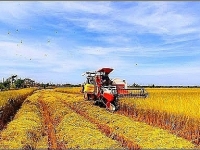 | Agriculture, forestry and fishery sector top list of support from Ministry of Finance VCN –The Ministry of Finance has released a draft decree on extending the deadline for paying tax ... |
Additionally, VASEP proposed the Government and ministries and sectors to facilitate fisheries enterprises to conduct market development and R&D in a new context: direct and adopt mechanisms to restore or re-establish the fisheries market development fund; and issue policies to encourage scientists to transfer their research results into production practices.
Related News
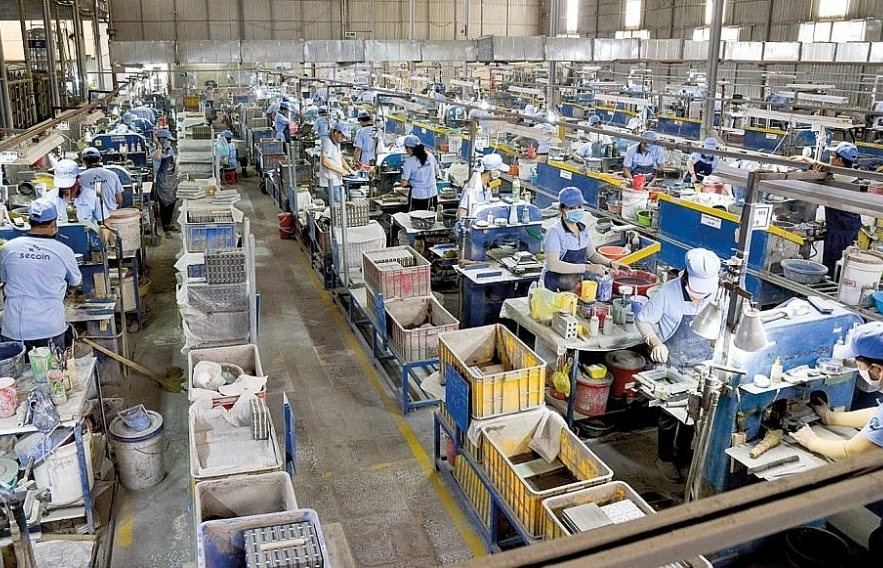
Storm No. 3 "knocks down" many small businesses
00:00 | 19/10/2024 Import-Export

What are the barriers to exports to the US?
10:15 | 14/08/2024 Import-Export

Fruits and seafoods of Vietnam have a huge advantage in the UK market
14:50 | 25/05/2024 Import-Export
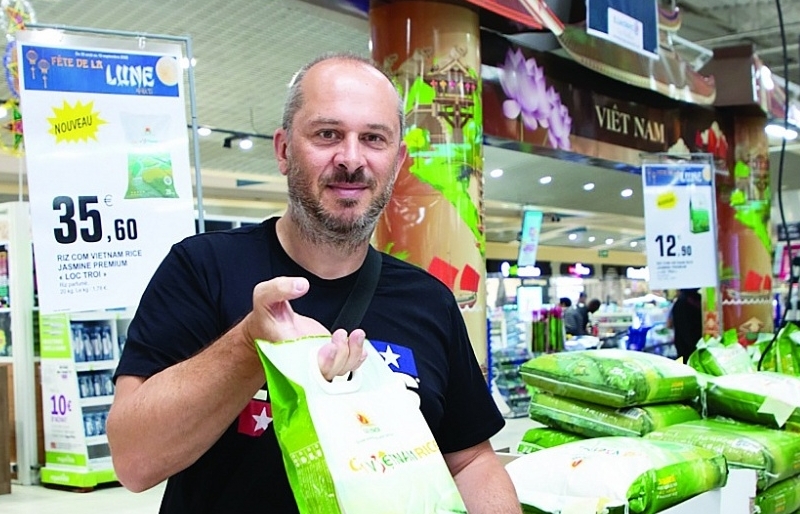
The key to overcoming barriers and expanding markets for F&B businesses
09:34 | 23/01/2024 Import-Export
Latest News

Import and export are expected to reach 800 billion USD
13:32 | 04/11/2024 Import-Export

Fresh coconuts quenching new overseas markets
13:29 | 04/11/2024 Import-Export

Rice exports likely to set new record in 2024
13:25 | 04/11/2024 Import-Export
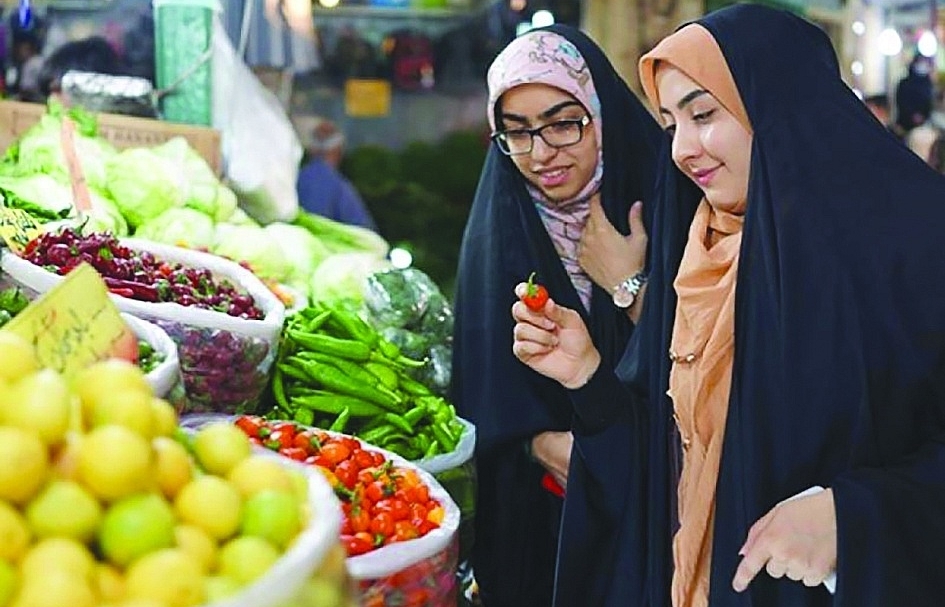
Vietnamese goods conquer halal market through trust and quality
09:57 | 04/11/2024 Import-Export
More News

Exporters urged to have strategies to take advantage of UKVFTA for expansion
17:33 | 03/11/2024 Import-Export

Fresh coconuts quenching new overseas markets
17:29 | 03/11/2024 Import-Export

Vietnam and UAE trade sees billion-dollar growth
07:15 | 03/11/2024 Import-Export

Sharing responsibility for ensuring security and safety of the supply chain
07:13 | 03/11/2024 Import-Export

Many factors affecting tuna exports in the last months of the year
19:38 | 02/11/2024 Import-Export

Vietnam still dominates Philippine rice import
19:36 | 02/11/2024 Import-Export
Vietnam cements ties with partners to engage in global semiconductor, AI industries
19:35 | 02/11/2024 Import-Export

Aquatic exports expected to rise in year-end despite challenges
19:33 | 02/11/2024 Import-Export

Trade Defense: The Key to Success for Vietnamese Businesses
10:39 | 02/11/2024 Import-Export
Your care

Import and export are expected to reach 800 billion USD
13:32 | 04/11/2024 Import-Export

Fresh coconuts quenching new overseas markets
13:29 | 04/11/2024 Import-Export

Rice exports likely to set new record in 2024
13:25 | 04/11/2024 Import-Export

Vietnamese goods conquer halal market through trust and quality
09:57 | 04/11/2024 Import-Export

Exporters urged to have strategies to take advantage of UKVFTA for expansion
17:33 | 03/11/2024 Import-Export





